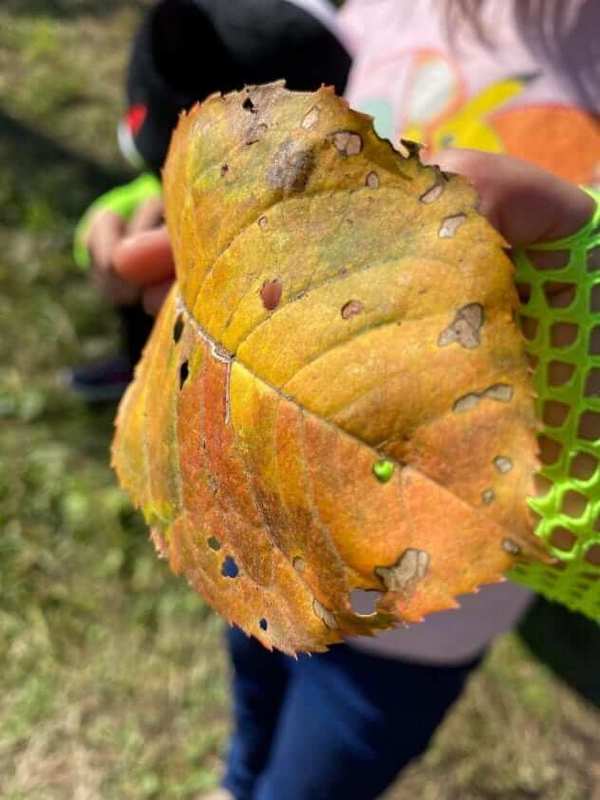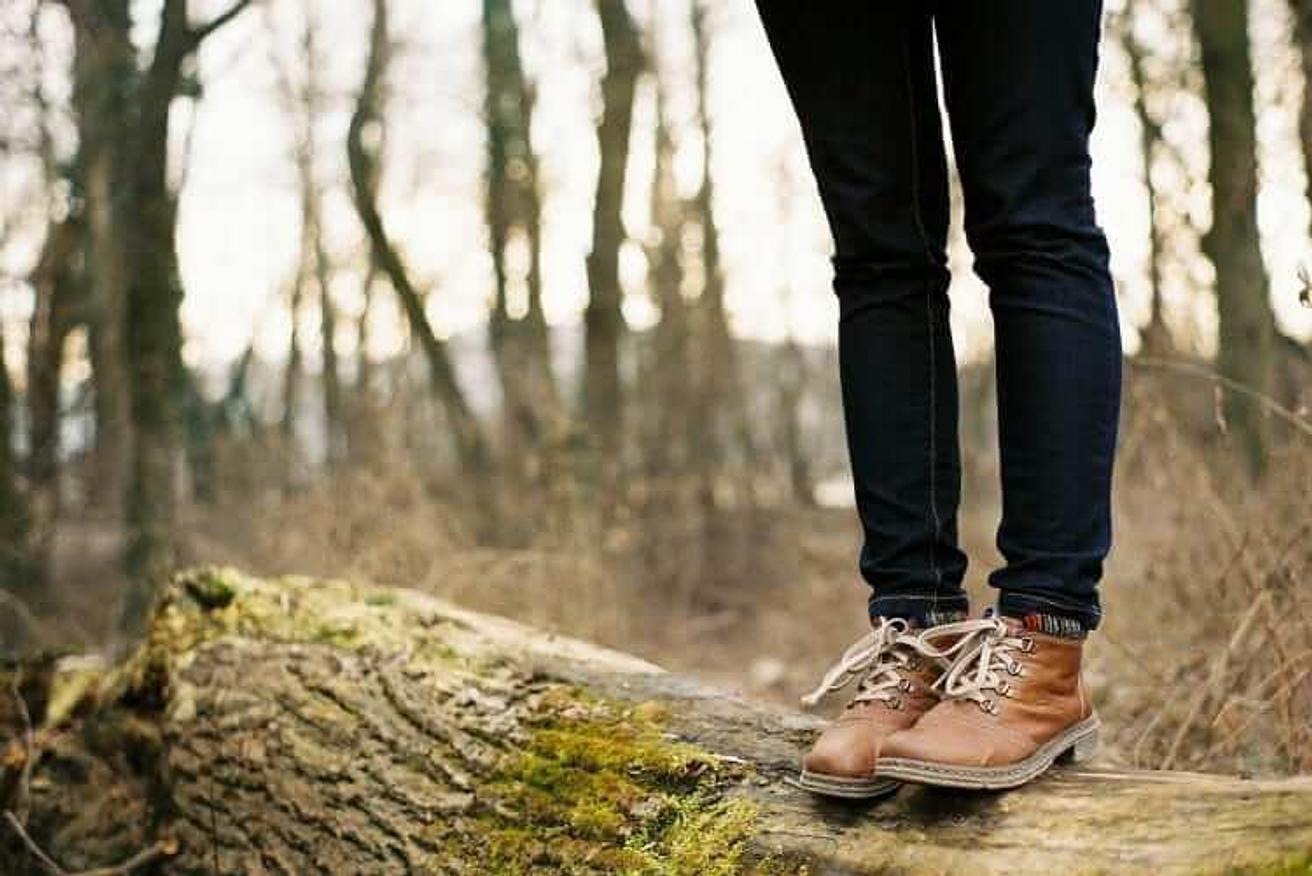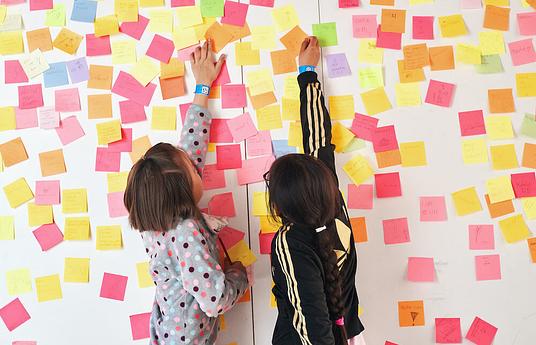The Walking Curriculum is an innovative interdisciplinary resource for educators K-12 who want to take student learning outside school walls. Walking Curriculum activities can be used in any context to develop students’ Sense of Place and to enrich their understanding of curricular topics.
The 60 easy-to-use interdisciplinary activities engage students’ emotions and imaginations with their local natural and cultural communities, broaden their awareness of the particularities of Place, and evoke their sense of wonder in learning.
The Walking Curriculum was recently selected for our Spotlight on Creativity, created in partnership with The LEGO Foundation. The Spotlight aimed to discover and celebrate leading innovations doing exceptional work in fostering creativity in education. The results of the report show there is no shortage of practices and solutions currently being implemented in many parts of the world that are both impactful and scalable. In this article, Holly Zurak, Vice-Principal at Ecole Nesika Elementary, describes how her whole school community has embraced a daily walking learning practice during the pandemic and how it is impacting teachers’ professional learning and student engagement and well being.
This September has been like no other. Like many other British Colombia (B.C.). schools, we began with the plan to spend more time learning outside. Students and staff at our school were used to doing a daily morning walk as an entire school. We have long recognized that the benefits of walking daily with students are numerous. And like seemingly everything else this Fall, it was a routine that needed some reimagining to be COVID-protocol friendly. At École Nesika Elementary, we kicked off our Walking Challenge with this intent.
We will walk with intention and imagination every day for 30 days. That’s where the Walking Curriculum by Gillian Judson comes in. In the summer of 2019, I was really fortunate to be sent by my school district to the NOIIE (The Networks of Inquiry and Indigenous Education) symposium at UBC, where Gillian Judson was a guest speaker. When Gillian began talking about her passion for imaginative structures and ecological education something powerful started happening in my heart and I just thought, “Wow, I need to have this book.” At the time, I was principal of a very small rural school (30 rural students) and it was like the missing piece of curriculum I was looking for. I thought we can do this. We are this.

So at Big Lake Elementary, in September 2019 we began to walk. Our walks ranged anywhere from a five-minute walk all the way up to an hour-long walk. One of the intentions of us doing the curriculum as a challenge was to do it in partnership with other schools from across B.C. and across the world that take this initiative up and go with it. So we shared on our social media accounts with other schools and felt connected around the province.
The Walking Curriculum is a teaching resource for K-12 educators. It is designed for the educator who is passionate about supporting student learning and dedicated to growing in their practice, but who may not have considered moving outside the school walls to do so. All educators can afford their students the opportunity to connect with the wildness in the world – whether in urban, suburban, or rural settings.
The 60 walks provided in the resource reflect a variety of themes, perspectives, and motivations. For example, students may be asked to find things (such as shapes, spaces or lines, evidence of growth or change, “the best” hiding places), to change perspectives (imagine being a beetle, a detective, or a visitor from outer space), to encounter the world differently (emphasizing one sense over another or moving through space differently), or to seek evidence of human-nature relationships. In all activities, the aim is to deepen awareness of the particularities and meaning of place.

Now in the Fall of 2020, a September like no other, we handed out 16 copies of the book to all of our division teachers at the start of the school year. Educators using the Walking Curriculum at École Nesika Elementary (300 downtown students) say they are experimenting, collaborating, and discussing these ideas in ways that can support their professional growth.
We are finding the Walking Curriculum to be a powerful bridge connecting traditional, “placeless” ways of teaching with an Indigenous worldview that acknowledges human beings learn from the relationships they experience within their human, other-than-human, and more-than-human communities.
Our Shuswap language teacher Floyd Dick has been walking with his language and culture classes and has adapted some of the walks to incorporate Secwepemctsin words and place names. Floyd Dick calls the program M-Kuwetem-kt or 'We Walk' in Secwepemctsin.
We are noticing the positive impact that the walks have on students’ mental well-being and their ability to regulate their emotions.
You can find more stories like these on the imaginED blog.
About The Author
Holly Zurak lives and works in Williams Lake, Cariboo-Chilcotin (SD27). She has worked and walked as principal in three small rural schools and is now Vice-Principal at École Nesika Elementary, where she is laughing and learning every day. She is a wife and mom of two daughters who keep her appreciating the little things. Follow @HollyZurak on Twitter.



